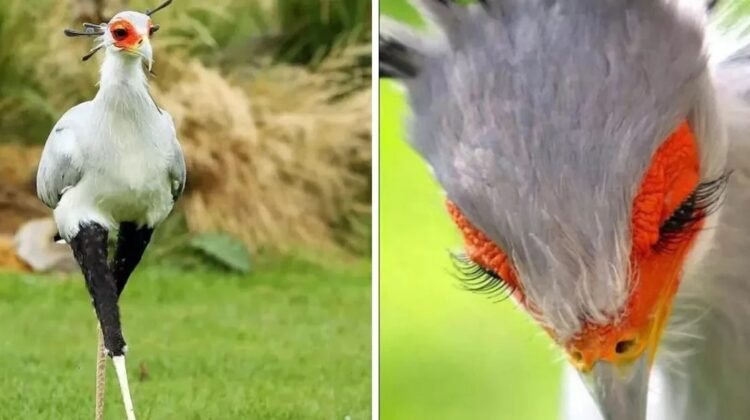
Some birds have really silly names. Yeah, yeah, I know that the “white-browed tit-warbler” wasn’t named after what it sounds like it was, but that doesn’t change the fact that it’s funny to modern ears.
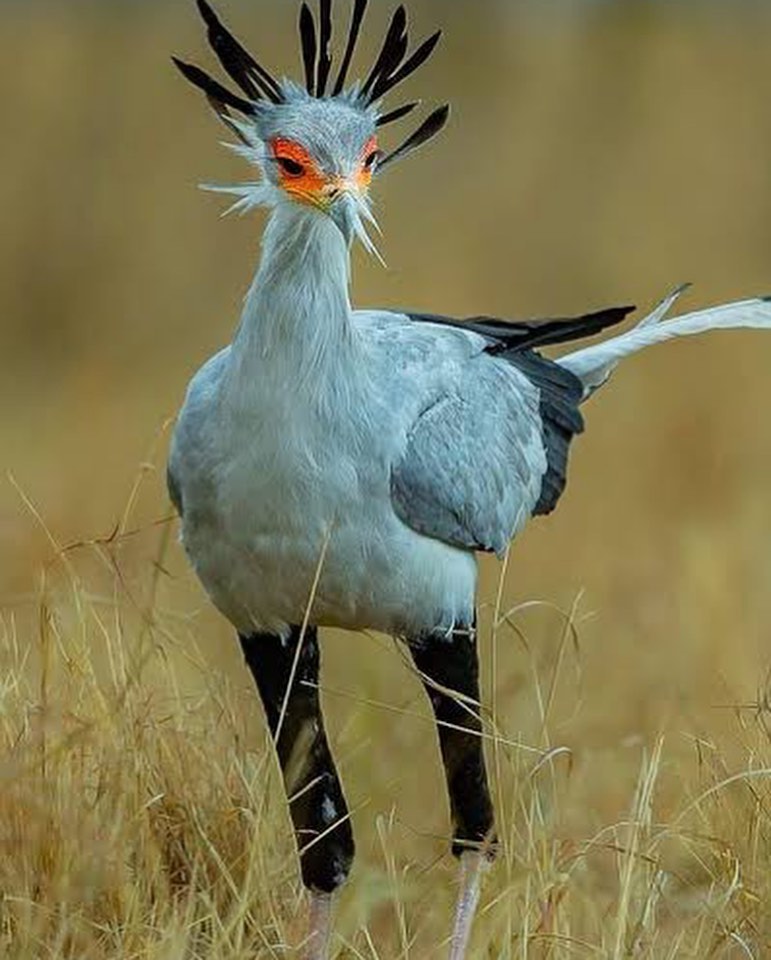
The fact is that most birds gained their common names long before they meant what they do now. Sometimes, that results in something cheeky and funny, and sometimes it so perfectly matches the bird now that it’s inconceivable that the name is unrelated.
So when I say the bird in this photo is a Secretary Bird, your mind immediately centers on why.
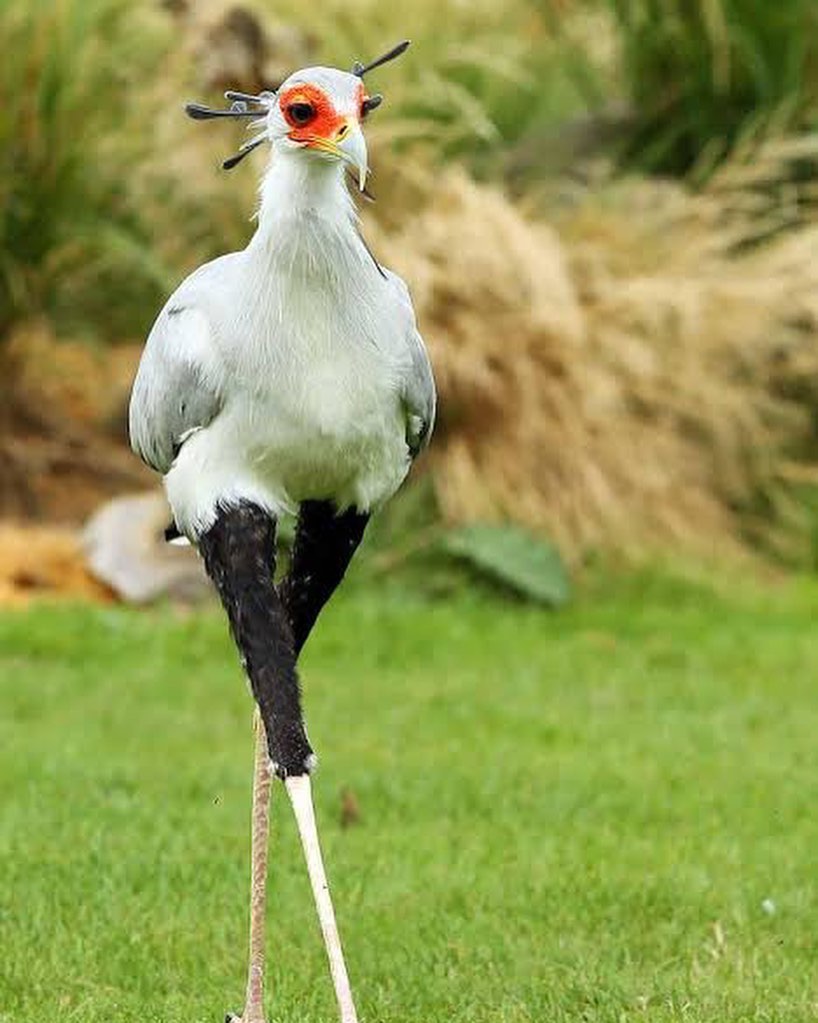
I mean, put this bird in a red dress and beehive and you’ve got Joan Holloway sashaying through the set of Mad Men like she owns the place.
Right or wrong, this is a bird that just exudes sexy receptionist realness.
They even have the kind of eyelashes human women go to great lengths to achieve.
However, the discovery of these birds and their naming predates the 20th century stereotype of the sexy secretary. Heck, it predates women working in secretary roles at all.
One commonly shared inspiration for the name is that the dark crown feathers resemble the quills 19th century secretaries would often have stuck in their hair. It’s like an old-timey equivalent to stashing a pen behind your ear.
But again, the name pre-dates many of those scribes, since the bird was first described and named in 1769.

Apparently, Dutch settlers in Africa called the bird “Sagittarius,” but the local farmers called them “Secretarius.” The latter stuck and eventually the name morphed to secretary.
Don’t let any cultural associations with the word cloud your judgment, though, because these birds are pretty badass.
Measuring almost four feet tall on average, their carnivorous diet is achieved mostly through the use of their long legs.
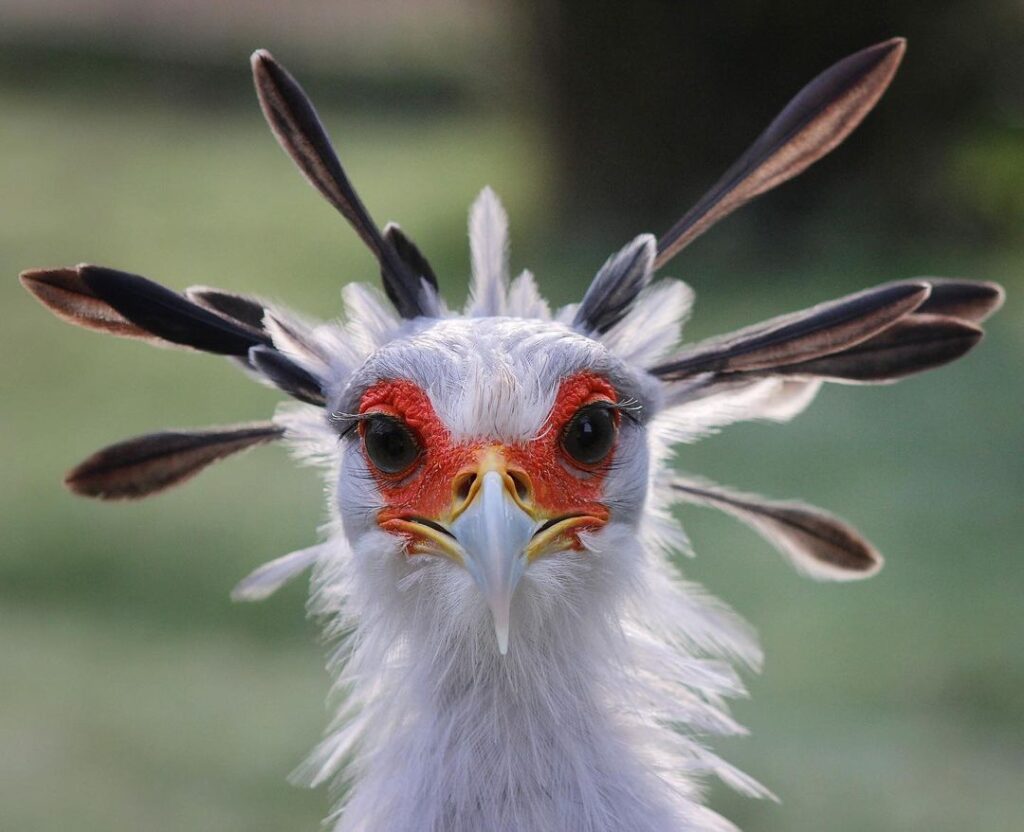
Secretary birds prowl among the grasses and stomp their prey to death before feasting. Their most common food source is snakes and other small prey living in the savanna grasses, but people have witnessed the birds take down juvenile cheetahs and gazelles, too.
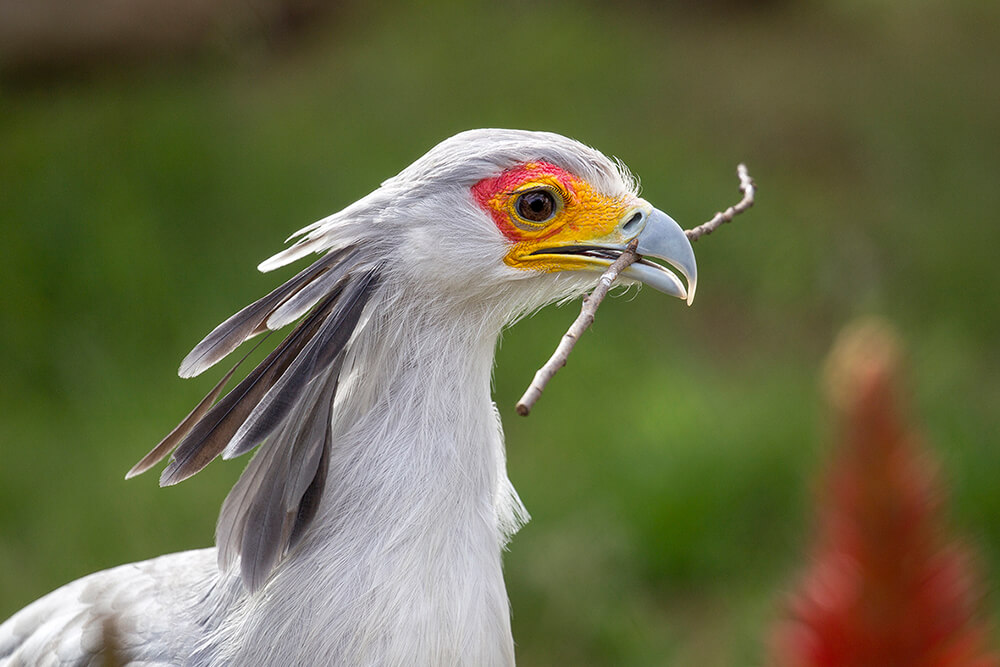
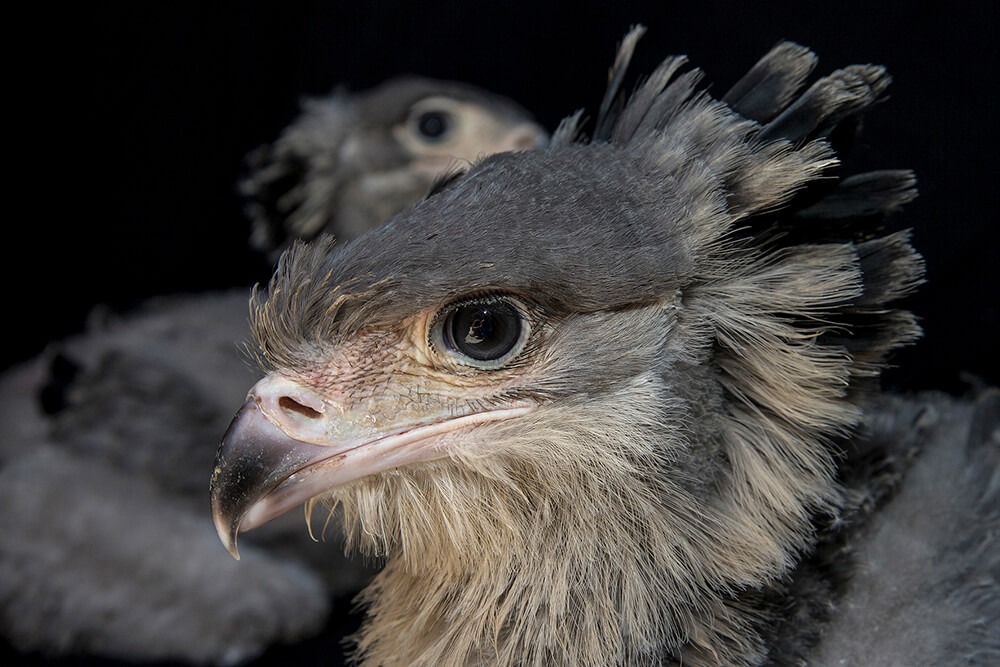
They are currently threatened by habitat loss, but conservation efforts are proceeding to slow the decline in population.
h/t: Scientific American, Journal of African Ornithology

I do apologise. I have sent a couple of requests to paint one of your beautiful photos and not left an email address.
Could you tell me whether you permit use of your photos?